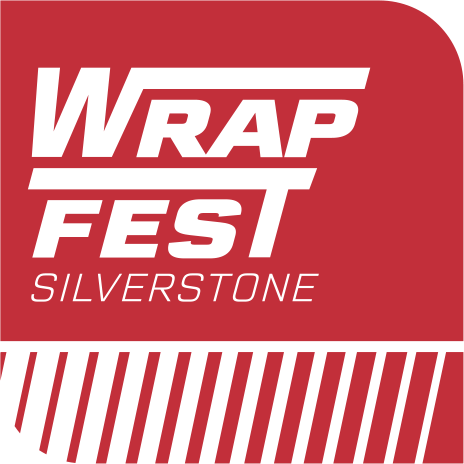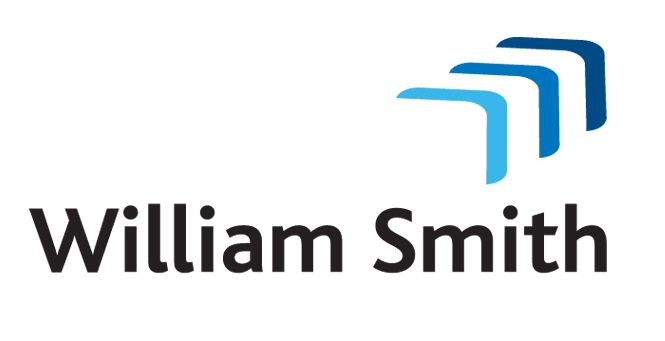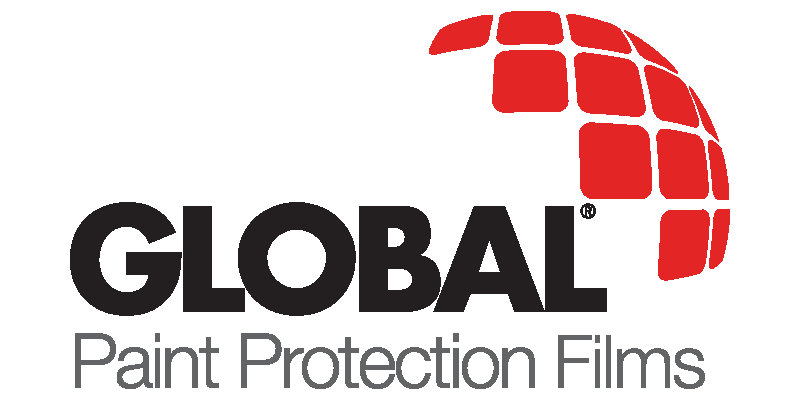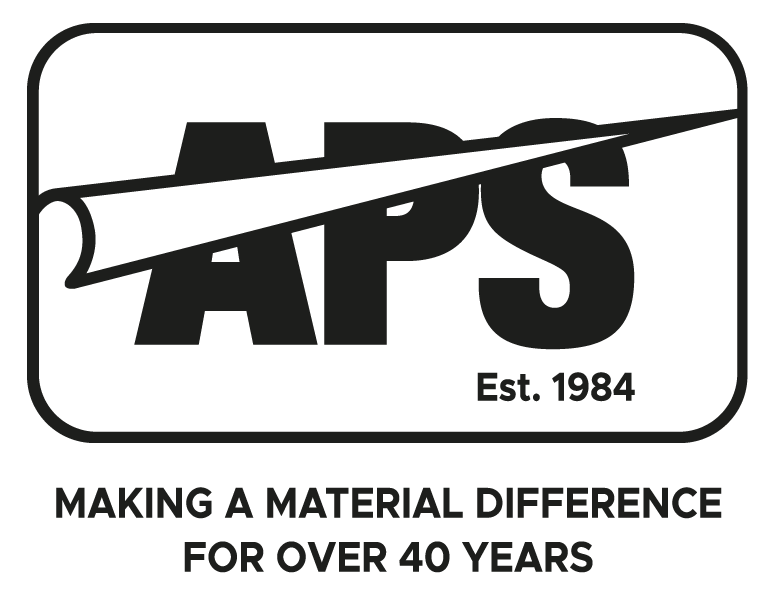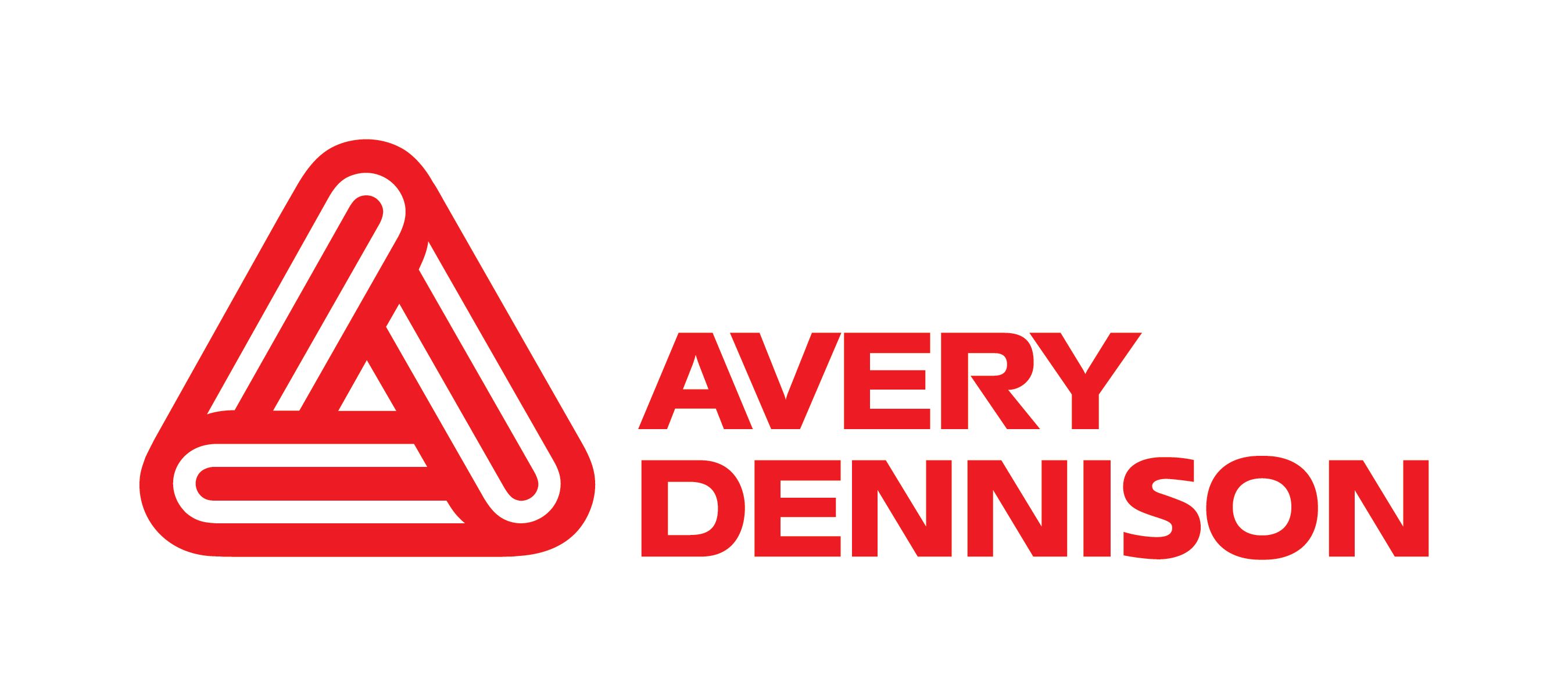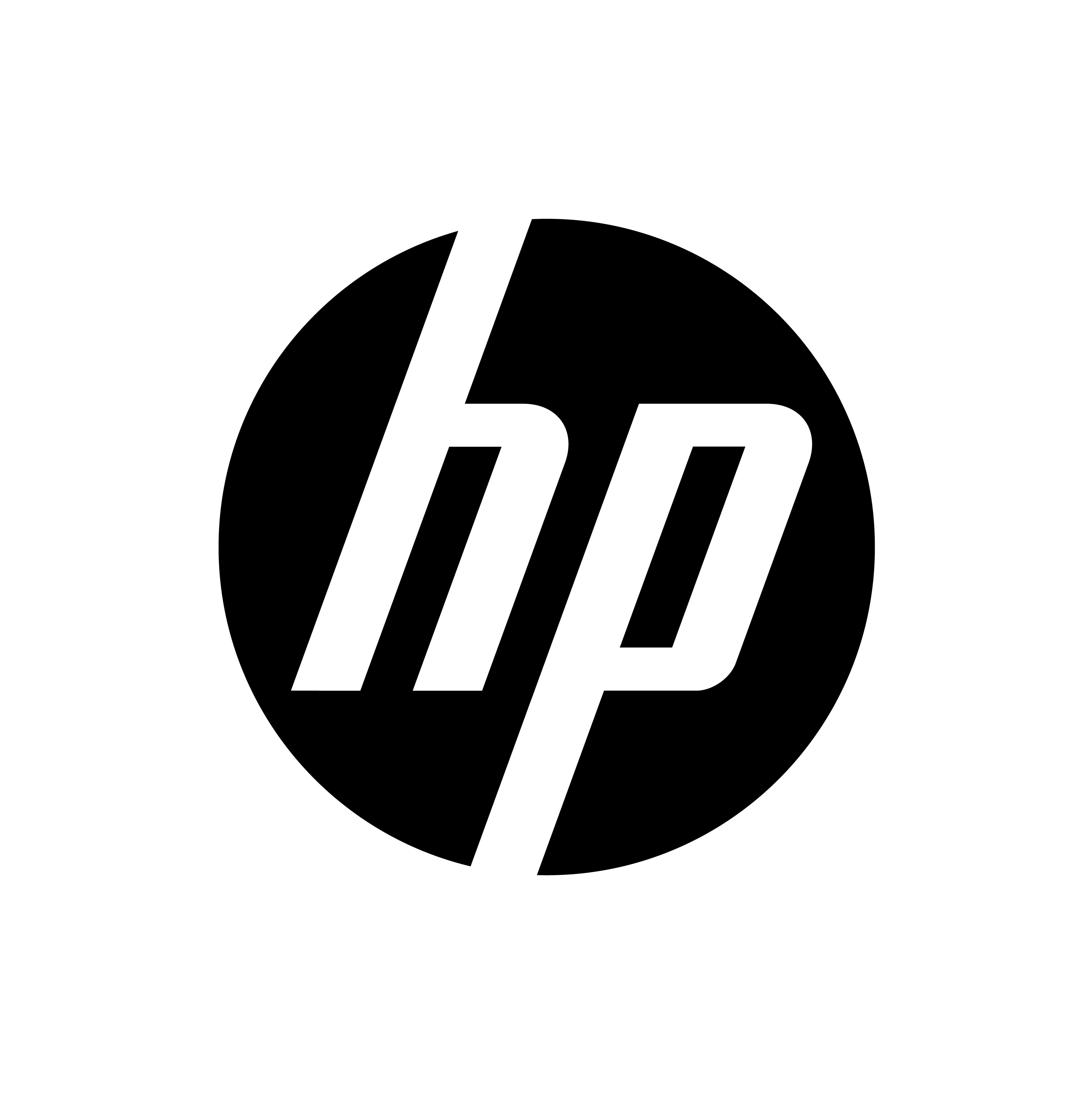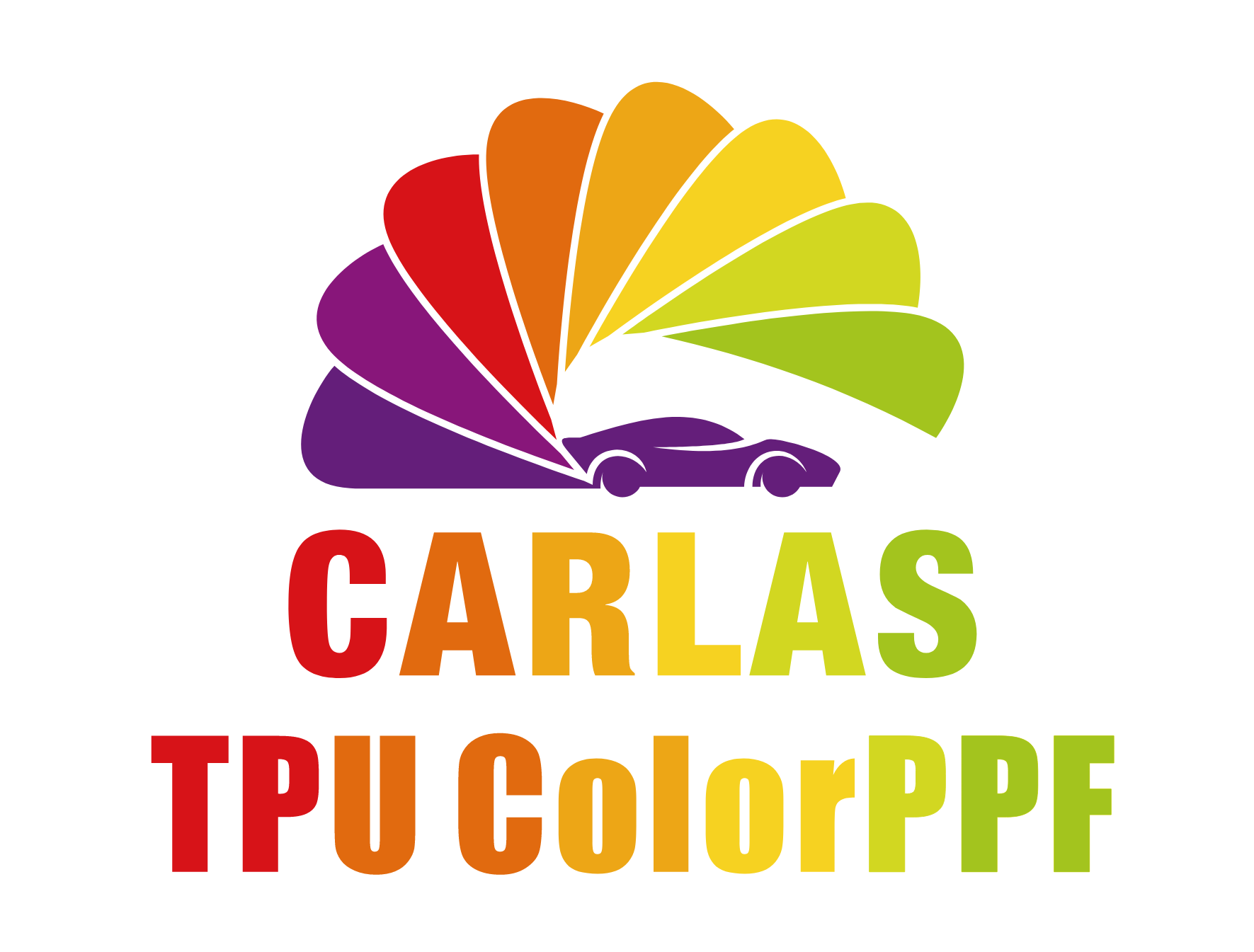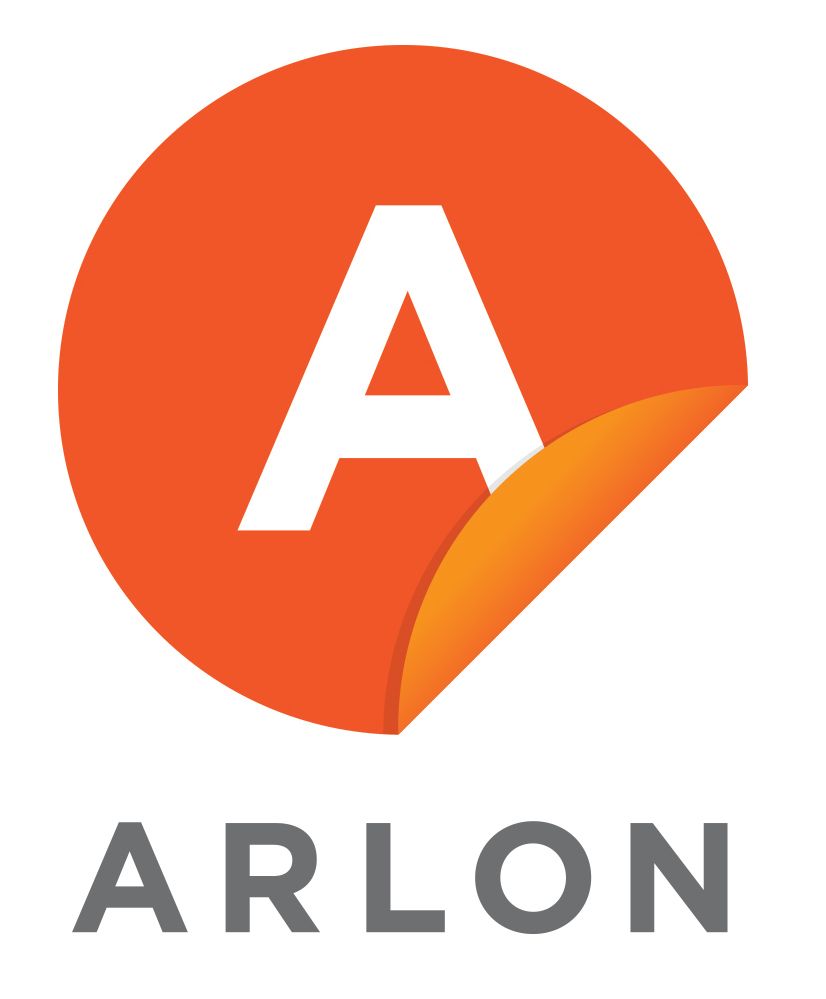Opportunities for wrappers regarding special effects in vehicle wrapping
)
The beauty of the vehicle wrapping sector is that almost no job is the same. Perhaps you will need to decorate a whole fleet of vehicle with the same wrap or mirror a certain design on a range of different vehicles. But when it comes to taking each new job, this offers wrappers the opportunity to get creative and try out new techniques with their customers.
One of the options that wrappers may consider is the addition of special effects. Be this a specialist matte or metallic finish, or even trying out unusual, perhaps underused, colours, there is certainly no shortage of effects for wrappers to look at when working on designs for clients across all manner of markets.
Here, we look at some of these special effects and consider the benefit of adding them to your service offering…
Up first is Metamark, a specialist provider of films and vinyls for use in a host of applications, including vehicle wrapping. Max Somper, commercial director at Metamark, said special effects and other wrap enhancements can help improve wraps’ aesthetics, impart functional benefits and generally add value for the producer and wraps’ end-users.

CAPTION: Grapefruit Graphics worked with Metamark materials to produce this impressive boat wrap
“Demand for wraps has grown and the fronts on which they are sold have expanded,” Somper said. “Wraps can be used for the purposes of identity continuation through livery. Wraps can be used to advertise brands and services. Wraps can be used to transform a vehicle’s aesthetics using minor elements or a total colour change. Wraps can also protect what we value with paint protection films whose performance exceeds any applied liquid coating.”
Somper goes on to say that printers have a whole gamut of special effects that they can engage in the printing phase of production, with many re in great demand. Some special print effects, he said, are created expressly to turn heads, such as a trick-of-the-eye effect like a perspective view into the rear of an apparently open truck that is actually closed.
Somper also said that something stylised to larger-than-life proportions also works well and the effect never gets tired. He compares this to the stylised Puma training shoe, which was first seen back around 2010 -and still turns heads today.
As to how Metamark can support, Somper said the provider has a portfolio of wrap specific materials to help wrappers produce their best work. He offers up Metamark’s MD Class wrapping films as example, picking out the MetaCast MDC premium cast wrapping film in particular. He said this delivers exceptional print quality and the “poppy” colours and detail that advertisers love.
“Anyone wanting stand-out results in print and easy handing and application should reach for a roll of MDC,” he said.
Also from Metamark is MetaCast MCX, a whole new range of colour-change wrap films expressly for automotive applications, with Somper saying that colour is the star of this collection.
“Included in the range are materials that reflect the finishes of some of the world’s most desirable automotive paint colours,” he said. “The effect achieved is eye-popping.
“Metamark also offers wrappers a whole range of paint protection films that anyone skilled in wrapping can use with a little tuition. Metamark also has its MetaCut templating software solution for users of its M-PPF films. In addition, we with the Metamark Training Academy, providing aspiring wrappers with all the help needed in an environment that encourages the hands-on experiences needed to learn.”
Wrappers looking to add special effects would also be well advised to also consider the type of printing machinery they are working with. HP printers are a popular choice in this market, with its Latex, water-based technology often used to create vehicle graphics.
Terry Raghunath, business development manager at HP, said there is three main reasons for wrapping a vehicle: branding or promotion; protection, or decoration and personalisation. Special effects, he added, can play a role in each of these areas.
For branding, Raghunath said wrappers will be looking for things such as special colours that stand out, offering the examples of using white ink to make logos stand out, or metallic or transparent media to do some interesting things with the design.
As for protection, cast vinyl will act like a protective layer, though Raghunath picked out PPF, or paint protection film, as the “star” in this area, ensuring that the chassis is protected. He added that some regenerative PPFs even return to their original state when scratched or dented.
Finally, with decoration, Raghunath said this is all about colour change or customisation. He explained: “If you look at all the vinyls available, you quickly realise this is about making your vehicle unique and stands out. A supercar is already special, but a gold Lamborghini is unique.
“Colour changes are rarely printed, but there are many reasons to add a print to a car to make it stand out. For example, motorsport is all about sponsorship, and other markings on the vehicle that need to be bespoke such as numbers and the names of drivers. I even read an article recently by McLaren F1 where they decided to wrap vehicles rather than paint as the vinyl is lighter.”
So, how can HP help? Raghunath referred back to the benefit of working with Latex. One key thing when printing on vinyl is off-gassing; before you laminate, you need to let prints off-gas. This is typically needed when printing with eco-solvent inks, and allowing the gases to evaporate off the print means the print will be ready to laminate and the gases will not accumulate under the laminate. However, off-gassing can take from four hours to 24 hours, depending on how much ink you use and the climatic conditions.

CAPTION: HP Latex technology is a popular choice with wrappers that print graphics
“With Latex inks, off-gassing is not required, as the inks are water-based,” Raghunath said. “You can laminate straight after printing, saving all that off-gassing time to do other productive work. It also means that you can react in a more agile way if re-prints are required, or if you make a mistake installing and you need a reprint quickly.
“Latex inks are very flexible, even the white inks. If you need to stretch your material just a little more to get to those difficult spots on air vents, spoilers, and rear-view mirrors, you have the most flexible inks that do not crack, fade, or discolour.
“HP will soon be hosting a specialist ‘Masters of Wrapping’ webinar to go into further detail about wrapping and how we can support those in this market.”
Clearly, there is plenty to explore when it comes to adding special effects in vehicle wrapping and graphics. Later this year, FESPA will be hosting WrapFest 2024, the second edition of its event entirely dedicated to the wrapping sector. Taking place from 3-4 October at the iconic Silverstone Circuit in the UK, the event will feature over 75 brands from across the market, allowing those in attendance to learn about the latest developments in this creative sector.
Register now for WrapFest 2024! Early bird price available until Wednesday, 4 September 2024 (23.59 GMT). Use promo code WPFM401 to receive an additional discount.
